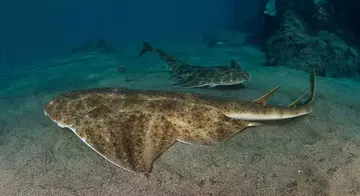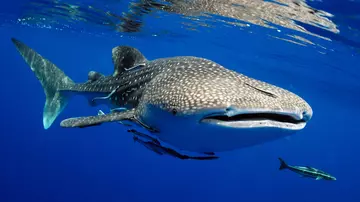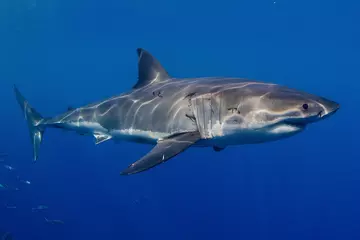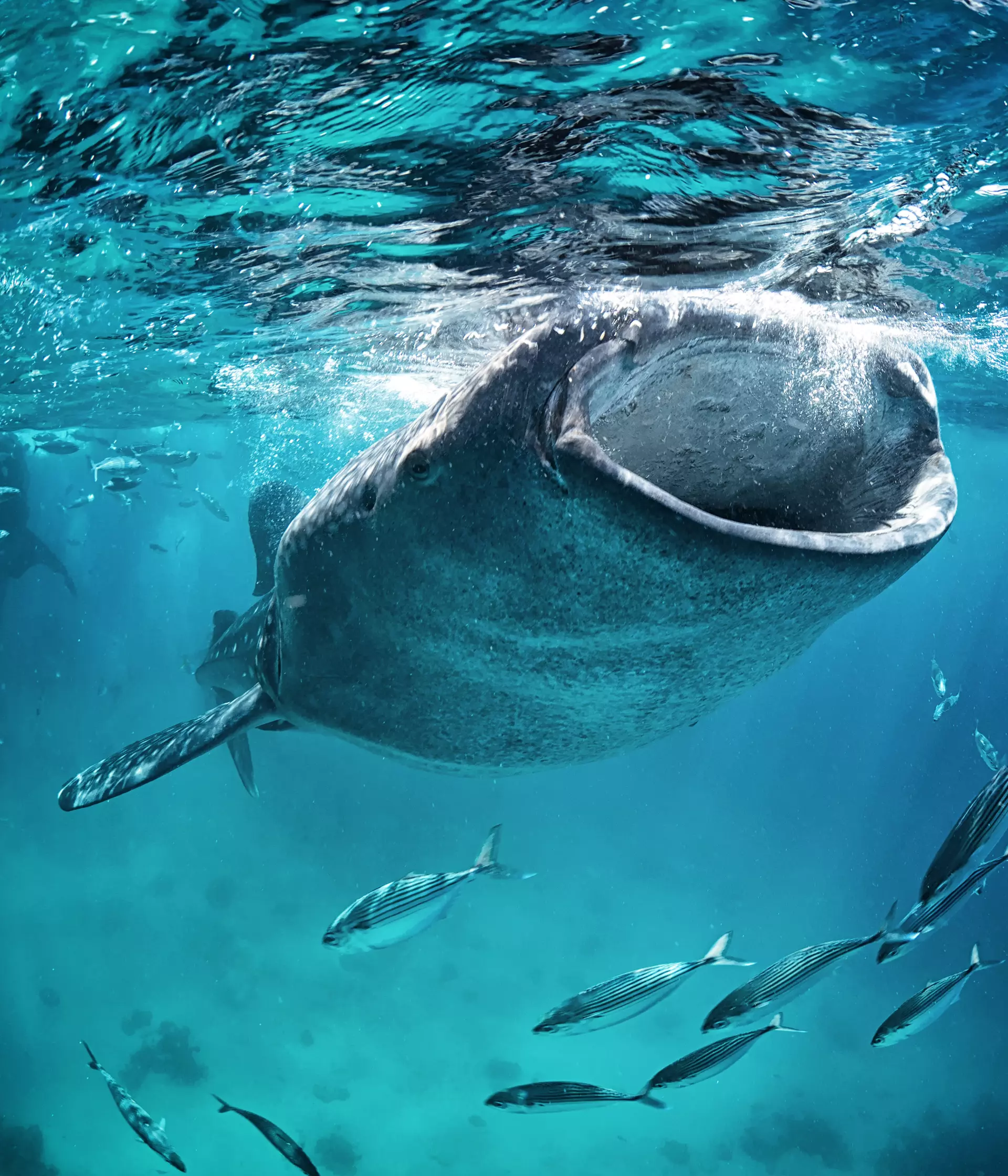
Sharks are facing their toughest challenge yet – humans.
Take the plunge with us to discover some of the world’s most unique and threatened sharks, and find out how we are helping to safeguard the future of this ancient group of animals.
“Sharks are certainly not the most dangerous animal in the ocean,” says ZSL Marine and Freshwater Specialist Fran Cabada. If anything, we are – people kill approximately 100 million sharks a year, while annual human fatalities from shark attacks rarely reach double figures.
Shark fishing is still legal in many Asian countries, with shark fins collected to meet the demand for shark fin soup.
Without sharks, the number of smaller predatory fish that they feed on increases. These in turn eat more herbivores, without which algae runs rampant, causing declines in coral reefs and seagrass beds – vital nurseries for young fish.

Rays perform an equally important role: “They tend to hunt on the seabed, feeding on shellfish and other smaller fish. In doing so, they disturb the sand, ensuring the seafloor sediment stays oxygenated for the many other organisms that live there,” says Fran.
To focus conservation attention on sharks and rays, ZSL’s EDGE of Existence programme has created a list of the top 50 Evolutionarily Distinct and Globally Endangered species. Each represents millions of years of unique evolutionary history – adaptations and ecosystem roles that no other species can perform.
Sharks on the EDGE list
Whale shark - #17 on the EDGE sharks and rays list

Whale sharks are the biggest fish in the seas, with the largest recorded whale shark reaching a staggering 12.65m long - that's more than the length of a double-decker bus!
Despite their massive range, very little is known about these ocean giants. Scientists are yet to conclusively solve the mystery of where whale sharks give birth, and it is unknown why they often dive to depths of 2,000m, where life is in almost total darkness. Estimates place global whale shark populations at 100,000, a decline of around 50% on estimates from the early 20th century.
Great white shark - #39 on the EDGE sharks and rays list

Found in all of the world’s oceans, great whites are highly adaptable. Their streamlined, muscular bodies allow them to burst through the water at speeds of 24kmph.
But their adaptability and hunting prowess has seen the species fall foul of shark-attack paranoia, and it is regularly hunted because of its perceived threat to humans, or as trophies. And, like all sharks and rays, great whites are also suffering as their habitats and food sources come under pressure from fishing and pollution.
Largetooth sawfish - #1 on the EDGE sharks and rays list

The largetooth sawfish is the most unique and threatened of all the animals ever identified by ZSL's EDGE of Existence conservation team. It represents over 70 million years of unique evolutionary history.
Sadly, their tooth-lined snout is susceptible to being caught in fishing nets, and is also sought by some as an ornamental weapon or trophy.
But there is hope for these incredible animals. ZSL has funded and trained local conservationists, through our EDGE Fellows programme, to develop an action plan to help save the largetooth sawfish and other highly threatened and rare rays.
